Introduction
In the not-so-distant past, the idea of robots walking among us seemed like a distant dream confined to science fiction movies. However, the rapid advancement of technology has turned this dream into a tangible reality. The world is now on the brink of a robotic revolution that promises to reshape industries, societies, and daily life as we know it. In this article, we’ll take a closer look at the rise of robotics, the cutting-edge innovations on the horizon, the impact on society, and how we can prepare ourselves for a future teeming with robots.

The Rise of Robotics in Today’s World
The Evolution of Robotics
The roots of robotics can be traced back to ancient times when early inventors crafted automatons mimicking human actions. Fast forward to the industrial revolution, and we witnessed the birth of mechanical robots that revolutionized manufacturing processes. Today, we are experiencing a new era driven by the fusion of artificial intelligence (AI) and robotics.
Applications in Industries
Industries worldwide have embraced robotics for their numerous advantages. Robots have proven to be efficient, accurate, and tireless workers. From manufacturing and assembly lines to warehouses and logistics, robots have optimized operations and increased productivity. Additionally, robotics has found applications in hazardous environments, such as deep-sea exploration and space missions, reducing risks to human life.
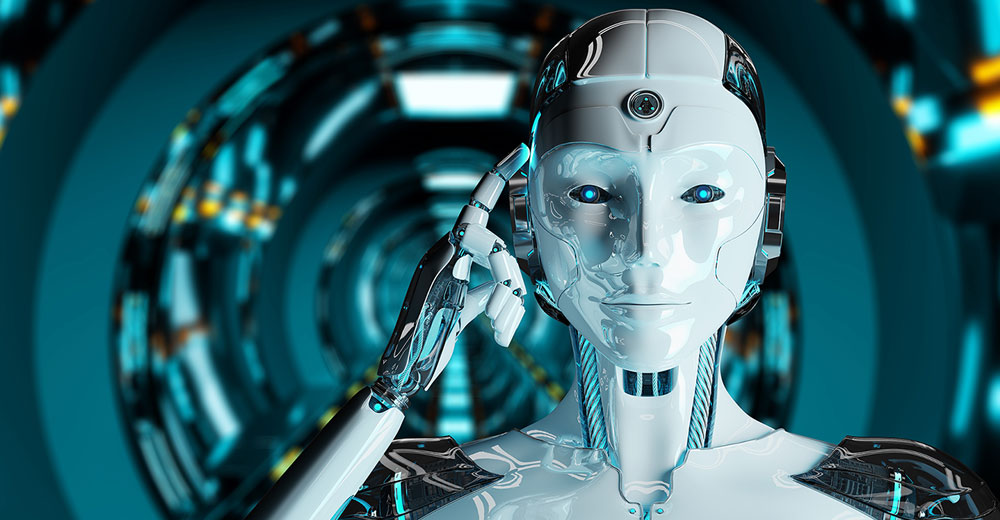
Robotic Innovations: A Glimpse into the Future
Artificial Intelligence and Machine Learning
The backbone of modern robotics is artificial intelligence. Machine learning algorithms enable robots to adapt, learn from experience, and perform complex tasks with minimal human intervention. This integration of AI into robotics is paving the way for smart, autonomous machines capable of solving problems in real-time.
Humanoid Robots
Humanoid robots are perhaps the most intriguing advancements in robotics. These robots are designed to resemble humans in their appearance and behavior, making human-robot interactions more natural and intuitive. As technology progresses, humanoid robots are expected to play crucial roles in healthcare, customer service, and even companionship for the elderly.
Autonomous Vehicles
The automotive industry is on the cusp of a revolution with the development of autonomous vehicles. These self-driving cars have the potential to transform transportation, making it safer, more efficient, and environmentally friendly. The incorporation of robotics and AI in vehicles promises reduced accidents and enhanced traffic management.
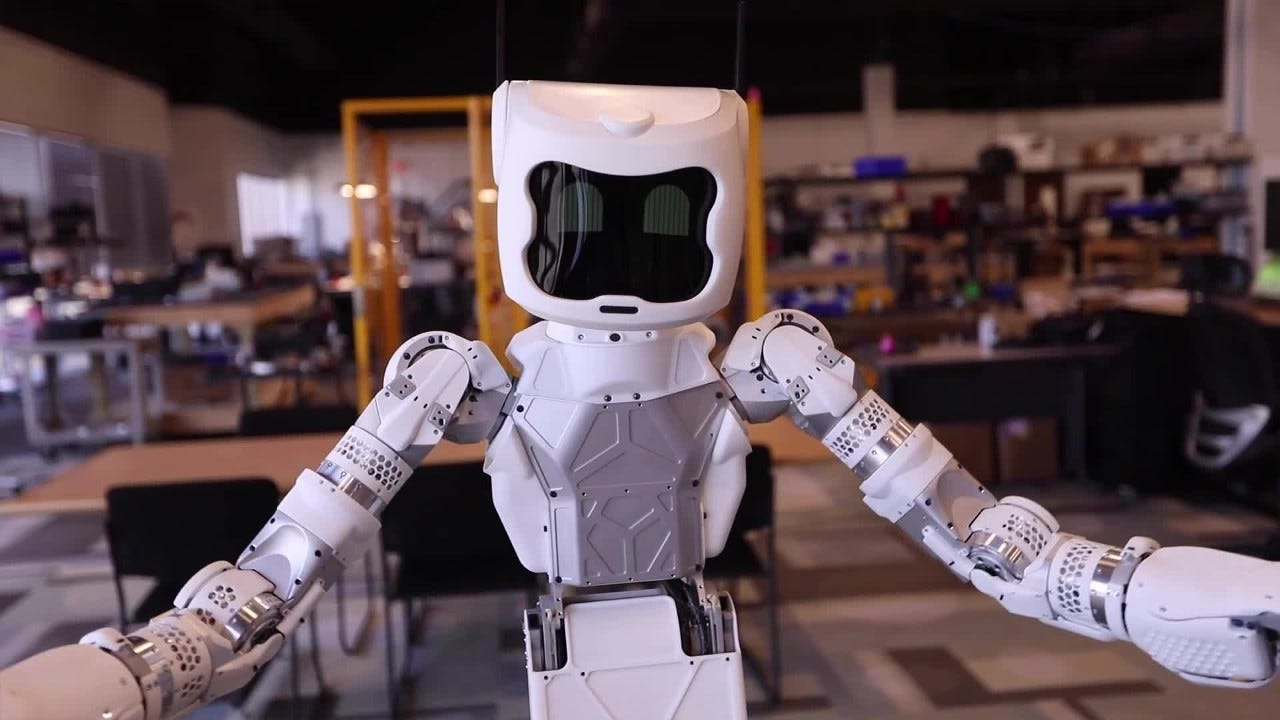
The Impact of Robotics on Society
Advantages of Robotics
The widespread adoption of robots brings with it several benefits. Increased automation can lead to a more streamlined workflow, cost savings, and higher production rates. Furthermore, robots can take on dangerous or repetitive tasks, reducing workplace injuries and freeing humans to focus on more creative and strategic endeavors.
Potential Challenges and Concerns
While robotics offers numerous advantages, it also raises valid concerns. As robots become more intelligent, there are worries about job displacement and unemployment. Striking the right balance between human workers and robots will be crucial to ensure a smooth transition into a robotic future. Additionally, there are ethical considerations surrounding the use of robots in certain industries and their potential impact on privacy and security.
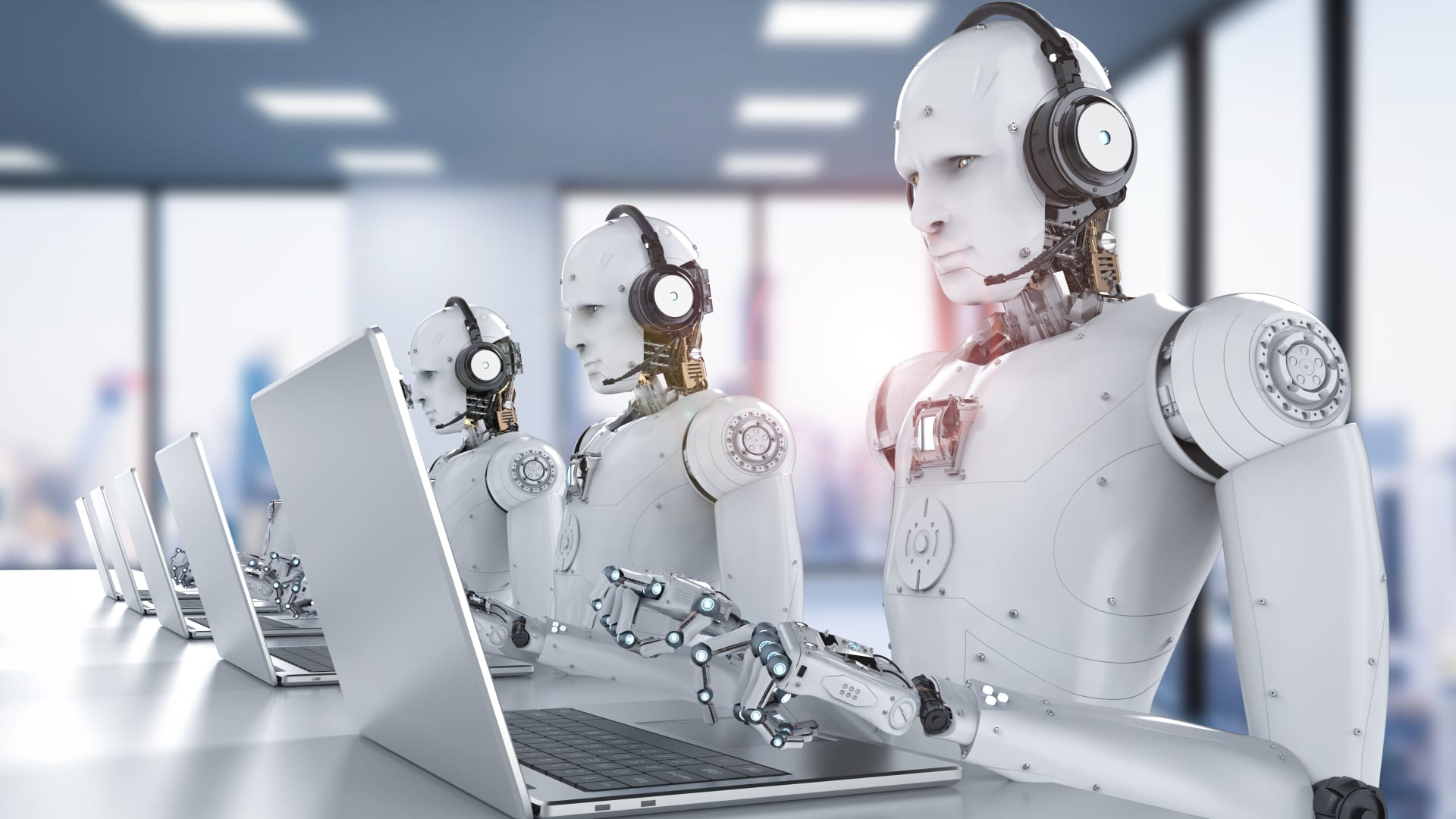
The Integration of Robots into Daily Life
Smart Homes and Domestic Robotics
The concept of a smart home is becoming a reality with the integration of robotics. From robotic vacuum cleaners and smart appliances to home assistants, these technologies aim to enhance convenience and comfort in our daily lives.
Robotics in Healthcare
The healthcare industry stands to benefit significantly from robotics. Robots can assist in surgeries, deliver medications, and provide support for patients with disabilities. Furthermore, robotic companions can provide emotional support and alleviate loneliness for patients in hospitals and nursing homes.
Robotics in Education
The field of education is embracing robotics to enhance the learning experience. Robots can act as engaging tutors, teaching assistants, and tools to promote STEM education. By incorporating robotics in the classroom, students can develop essential skills such as problem-solving, critical thinking, and creativity.
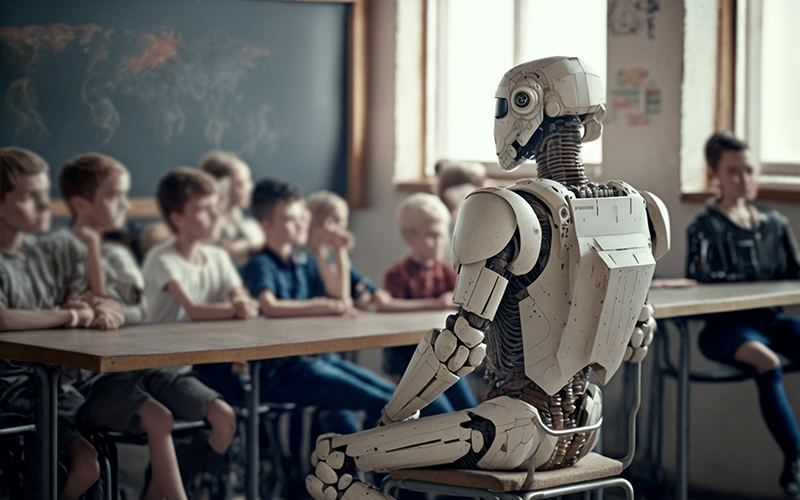
The Road Ahead: Preparing for a Robotic World
Job Market and Skillset Changes
As robotics and AI continue to advance, certain jobs may become automated, necessitating a shift in the job market. To stay relevant, individuals may need to acquire new skill sets and adapt to the changing work landscape. Lifelong learning and upskilling will be key to thriving in a robotic-driven economy.
Ethical Considerations
As technology progresses, ethical dilemmas surrounding robotics will arise. Addressing issues related to robot rights, safety protocols, and data privacy will be paramount. Creating guidelines and regulations that govern the development and usage of robots is essential to ensure a responsible and ethical implementation.
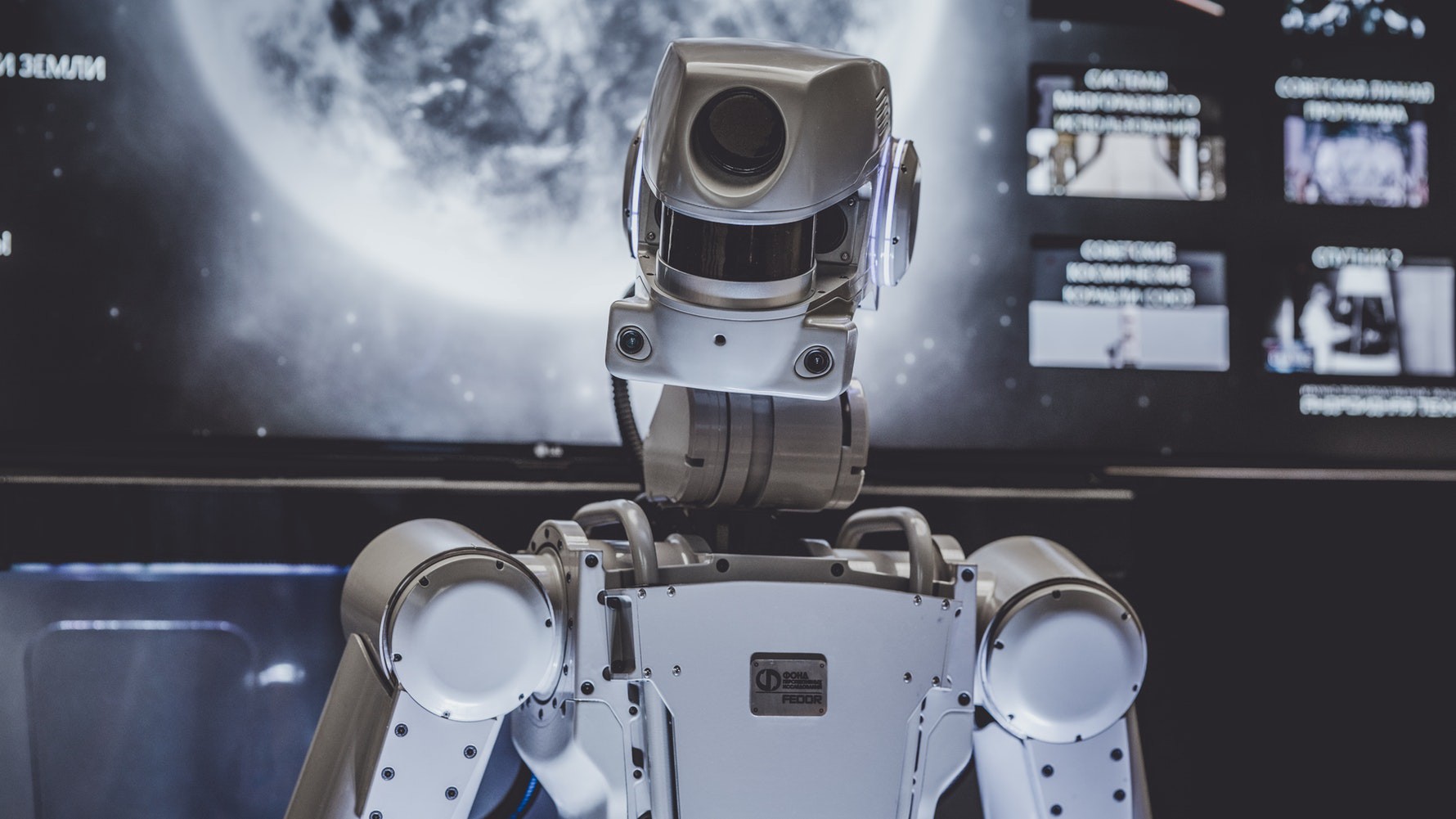
Conclusion
The future is undeniably intertwined with robots. From manufacturing to healthcare, education to transportation, robotics will influence every facet of our lives. While there are exciting opportunities for progress and efficiency, we must be mindful of the potential challenges and ethical considerations that come with embracing a robotic future. By carefully navigating this new era, we can harness the power of robotics for the greater good.







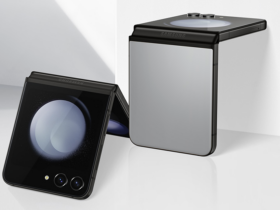



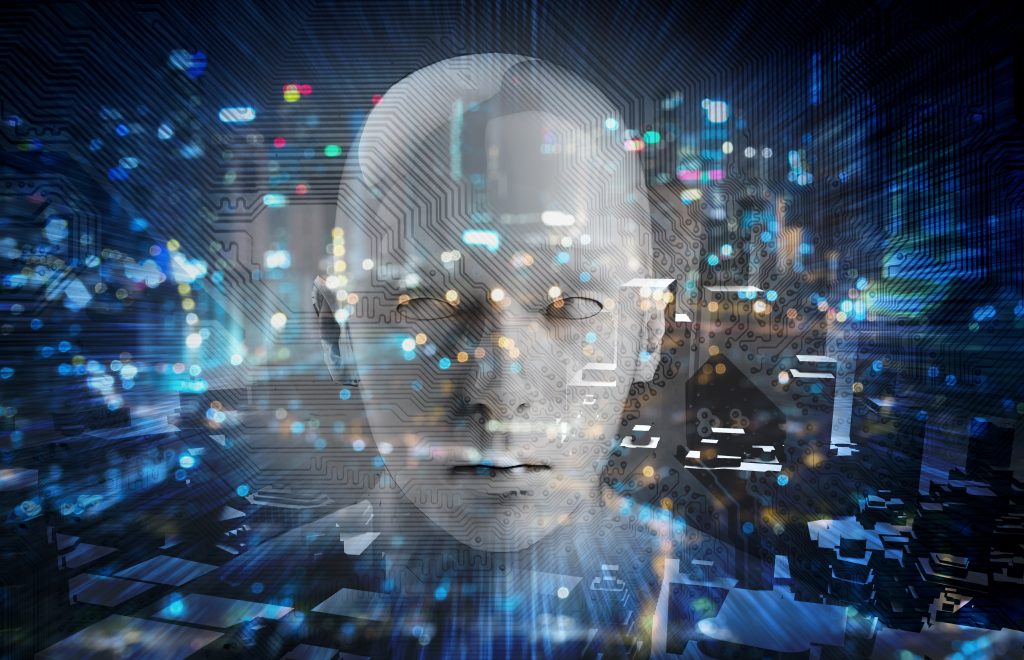

Leave a Reply